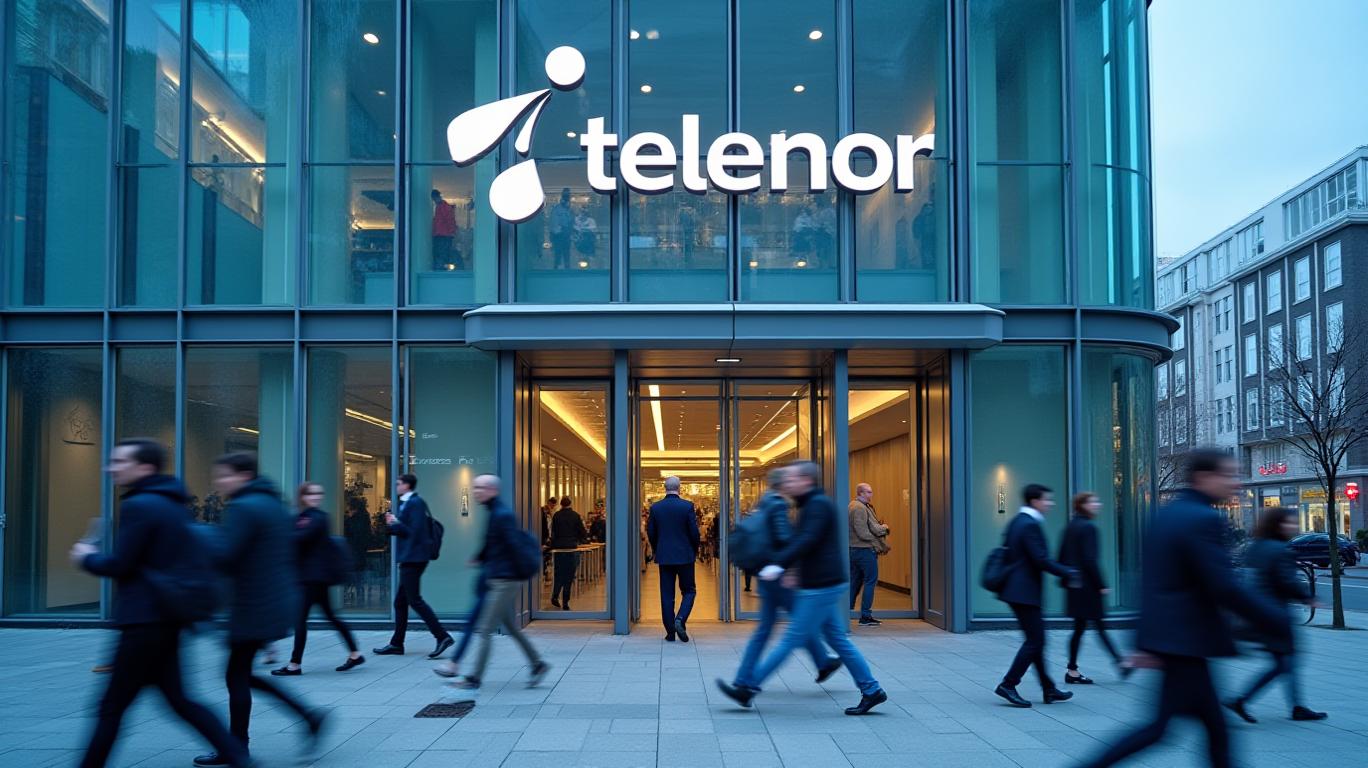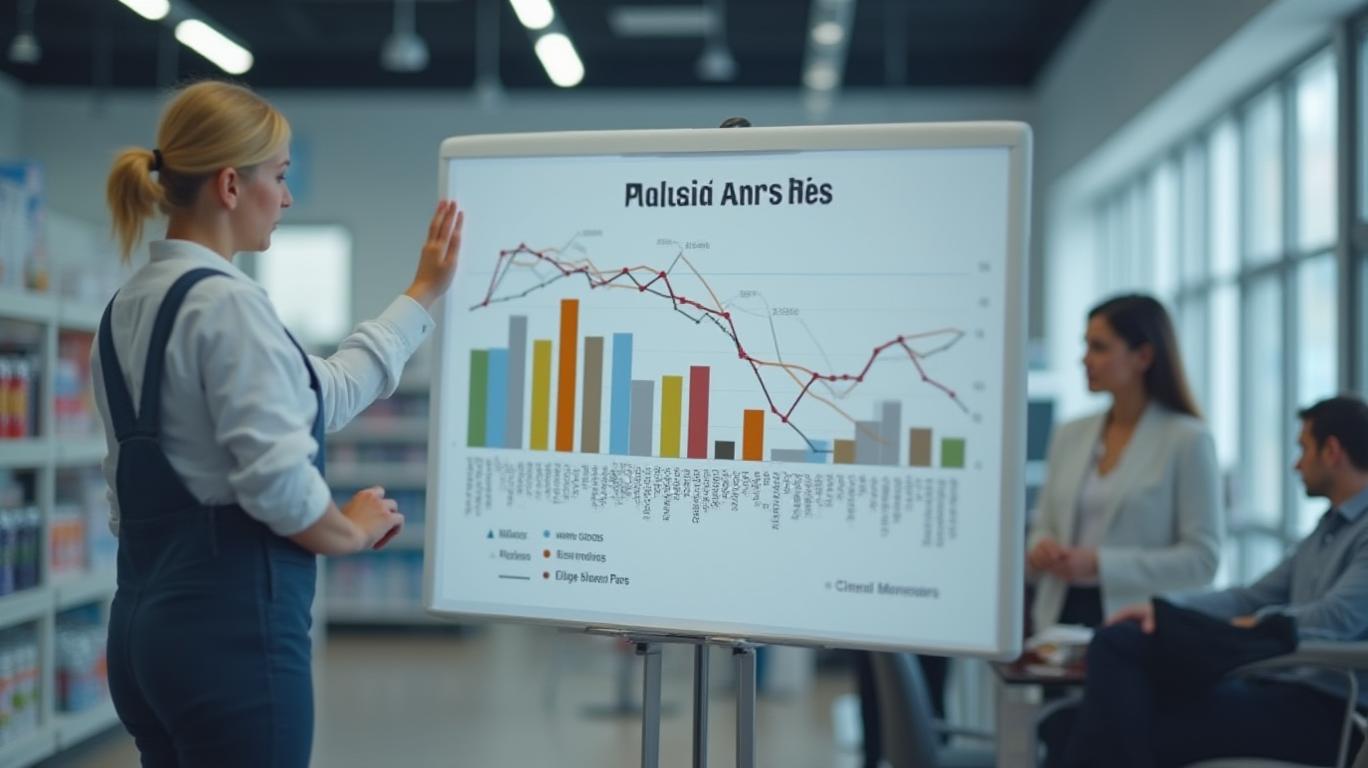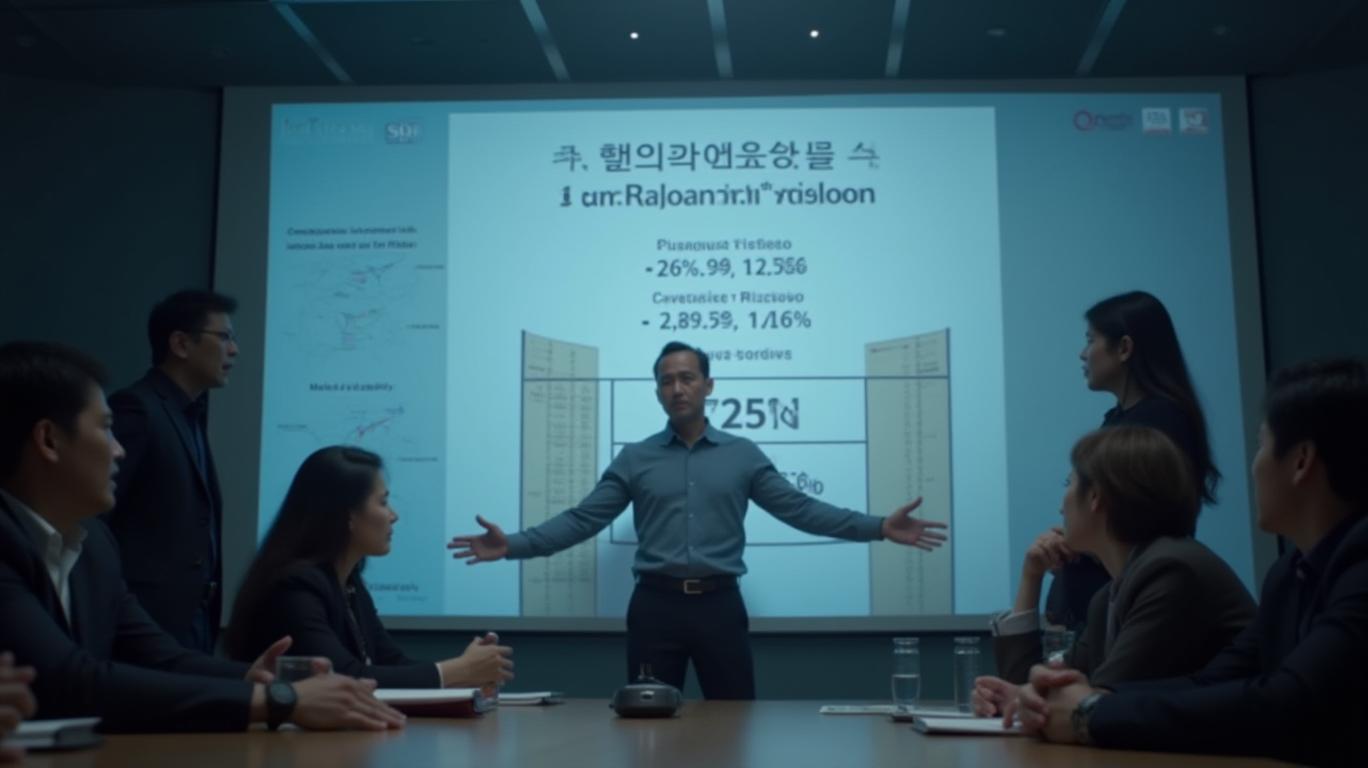Telenor's Q1 EBITDA Miss Highlights Regional Divide, but Nordic Strength Persists
Telenor reported a narrow miss on its Q1 2025 Adjusted EBITDA of NOK 8.6 billion, falling just NOK 71 million short of consensus expectations. While the miss raised eyebrows, the results underscored a stark regional divide: strong Nordic performance offset by weakness in Bangladesh. Meanwhile, service revenue beat forecasts, and the company reaffirmed its free cash flow targets, suggesting resilience amid global headwinds.
Ask Aime: Telenor's Q1 2025 financial results reveal a narrow EBITDA shortfall, but strong Nordic performance offsets weaker Bangladesh results.

The Numbers: A Narrow Miss with Nuance
The Adjusted EBITDA of NOK 8.6 billion missed the consensus by a slim margin, but the broader trends require deeper analysis. Service revenue hit NOK 16.1 billion—well above the NOK 15.9 billion estimate—highlighting top-line momentum. However, the EBITDA shortfall stemmed from uneven regional performance.
Ask Aime: What's behind Telenor's Q1 2025 EBITDA miss?
The slight uptick in adjusted EBITDA (from NOK 8.505bn to 8.641bn) masks deeper issues, as unadjusted EBITDA fell 13.5% YoY due to one-time costs.
Regional Performance: Nordic Gains vs. Bangladesh Headwinds
- Nordic Triumph: Finland delivered a standout 9% EBITDA growth, while Nordic service revenues rose 2.3% organically. Cost efficiencies and pricing power drove a 6% EBITDA expansion in the region.
- Bangladesh Blues: Grameenphone, Telenor’s Bangladeshi subsidiary, saw EBITDA drop 13% YoY to NOK 1.998 billion. Economic stagnation post-2024 unrest and competitive pressures crimped margins. This alone accounted for the group’s 8.1% organic EBITDA decline.
Global Context and Strategic Shifts
Telenor cited “economic uncertainty” and shifting trade tariffs as drags on predictability. Yet, the company remains bullish on its NOK 13 billion free cash flow target for 2025, a key pillar of its dividend policy (proposed at NOK 9.60/share for . The strategic focus on tech infrastructure—like a planned fourfold GPU capacity increase by year-end—hints at long-term bets on AI and cybersecurity.
Risks and Opportunities
- Bangladesh Recovery: If Grameenphone’s market stabilizes, it could add tailwinds. But with Bangladesh’s GDP growth projected at just 5.2% in 2025, the path to recovery is unclear.
- Nordic Resilience: Telenor’s core markets are proving sticky. Norway’s digital crime-fighting initiatives (e.g., blocking 716M scams in Q4 2024) highlight operational adaptability.
- Valuation: At current stock prices (~NOK 65/share), Telenor trades at 9.2x 2025E EBITDA. This is near its 5-year average but may compress if Bangladesh drags on margins further.
Shares have been range-bound since late 2024, reflecting uncertainty around EBITDA growth and Bangladesh’s trajectory.
Investor Takeaways
The Q1 miss is a speed bump, not a derailment. Telenor’s Nordic operations remain a cash-generating engine, and its cost discipline is evident in the adjusted EBITDA’s 1.6% YoY growth. However, investors must weigh Bangladesh’s lingering risks against the company’s free cash flow ambitions.
Final Verdict: Telenor’s fundamentals remain intact in its core markets. While near-term EBITDA growth faces regional headwinds, the stock’s valuation and dividend track record make it a hold for long-term investors. Short-term traders may want to await clearer visibility on Bangladesh’s rebound.
Final Data Point: Telenor’s dividend payout ratio (based on 2024 earnings) is 65%, comfortably covered by its EBITDA. This stability—coupled with Nordic resilience—suggests the company isn’t backing down from its financial commitments, even after a single quarter’s stumble.*

_b905d9341749265671656.jpg)








